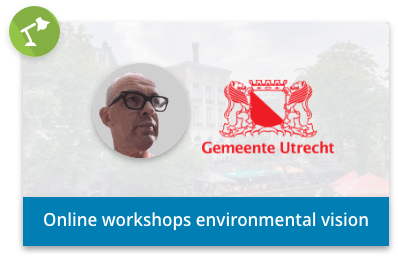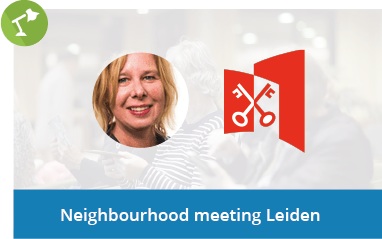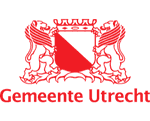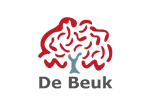Spectators become participants
Citizen Participation
Because of Corona, many participation processes are done online, with all participants at a distance. But how do you do that in a good way? A video conference is possible, but with a group of between 20 to 40 people it is hard to listen and wait your turn to say something. Particularly in such larger groups, where people do not yet know each other, you as facilitator have to do without much of the interaction that is commonly available in a physical discussion.
Looking at a map with your participants, pointing out and discussing things, creating an overview of relevant topics on a whiteboard, or using pictures from magazines to brainstorm about the type of playground or greenery your participants would like to see: these are all powerful co-creation methodologies that help participants articulate their point of view. For the problem of how to achieve a similar level of interaction in online sessions, QandR offers a solution that truly keeps participants actively engaged. In this article we will show you how, based on an actual practical example.
The municipality of Utrecht was faced with exactly this challenge in the development of its environmental vision for the Kanaleneiland and Transwijk (NL website). In the search for a suitable solution, Lars Schotel, senior advisor in various Utrecht participation projects, booked a QandR demo. He saw how QandR can help participants in a fun, accessible way to simultaneously provide input (parallel to each other) during an online group meeting. The workshops they were planning were to cover various topics, and the diversity of (easily operated by telephone) work formats that QandR offers might well fit in nicely.
We were looking for a tool that smartly supports a good digital conversation. That easily takes stock of opinions, but also gives room to a more in-depth discussion. The intuitive and visual aspects of QandR stood out. It does collect responses to questions but most of all provides the space for discussing them. Including the option to use images as responses. QandR also seemed like something everyone gets (which turned out to be correct).
Lars Schotel, senior advisor to the municipality of Utrecht
QandR is GDPR compliant.
An important requirement for all tools that the municipality of Utrecht uses is that the privacy of the participants in a session is guaranteed. Fortunately, QandR has been developed in such a way that people participate in sessions without having to register. QandR does not require any kind of personal information (not even a nickname). Read more about it on the privacy page where we deliberate on the way we handle privacy of QandR participants.
When the privacy guarantee was clear for the municipality of Utrecht, they where able to approve the use of QandR and they have now used the tool for several projects such as discussions on the environmental vision and the energy transition. Read more about it in the case-study of the Municipality of Utrecht.
Inclusive resident meetings
Citizen participation in practice
!Both municipalities and consultancies use QandR in participation projects. In this way, they improve consultation with residents and other stakeholders. The meeting becomes more fun and even the more introverted people have their say. The jointly created visualisations form a good basis for a quick directional follow-up.












